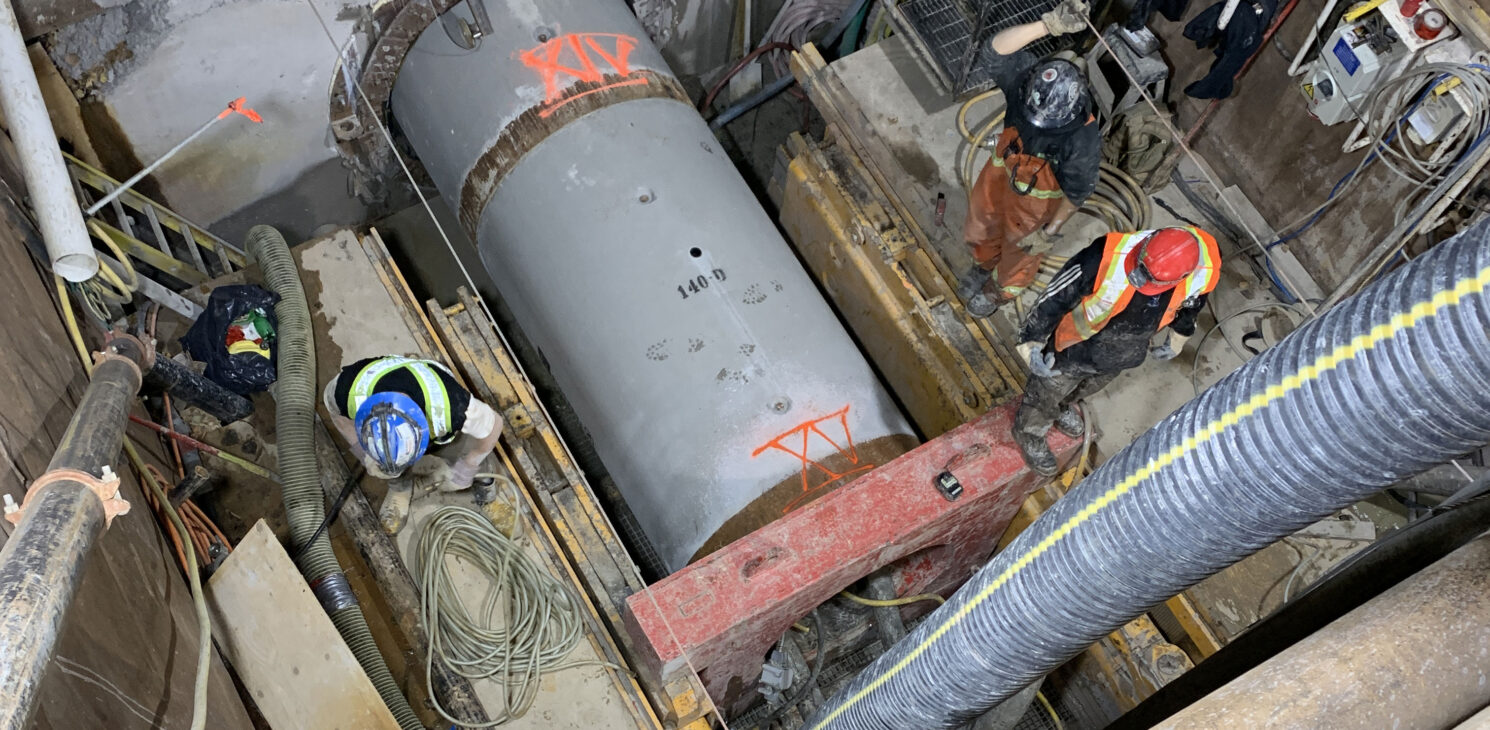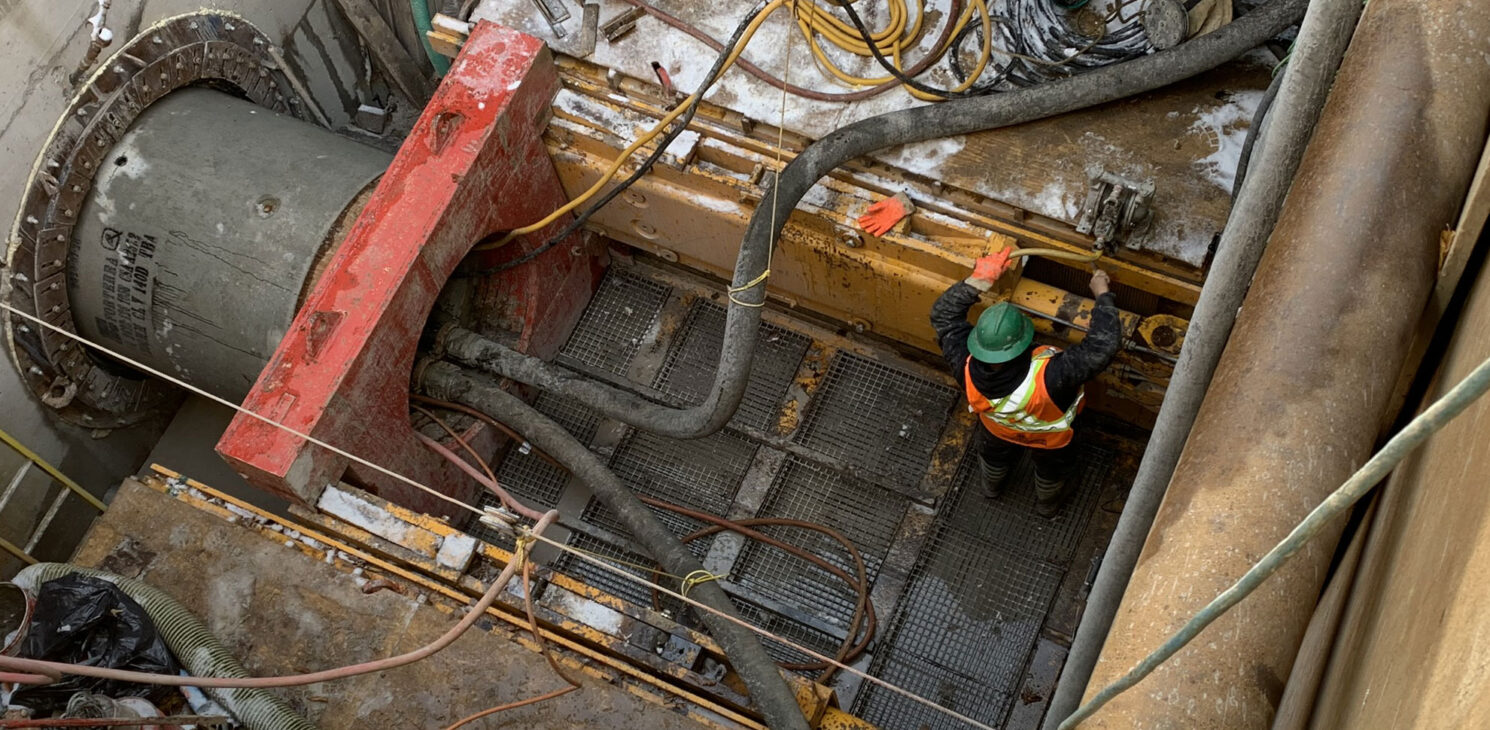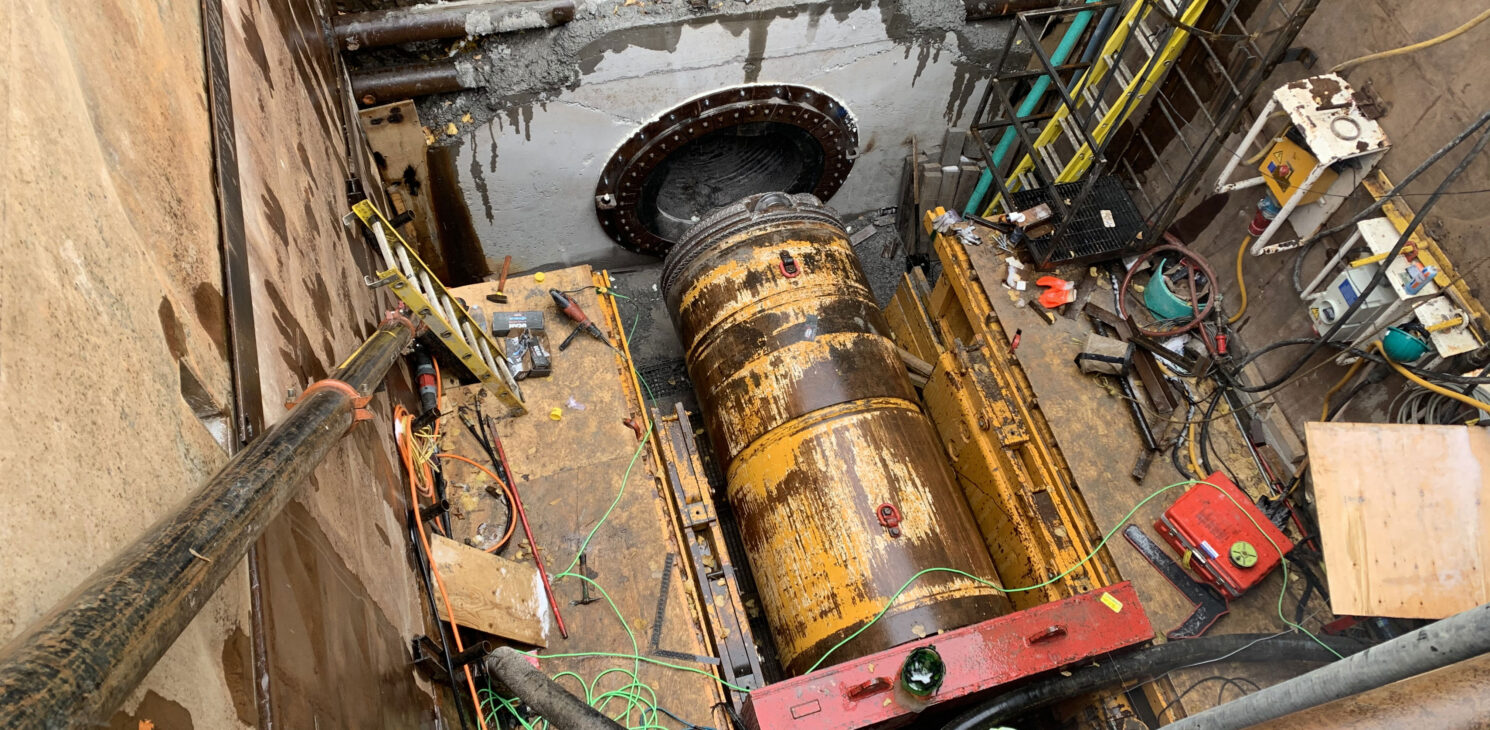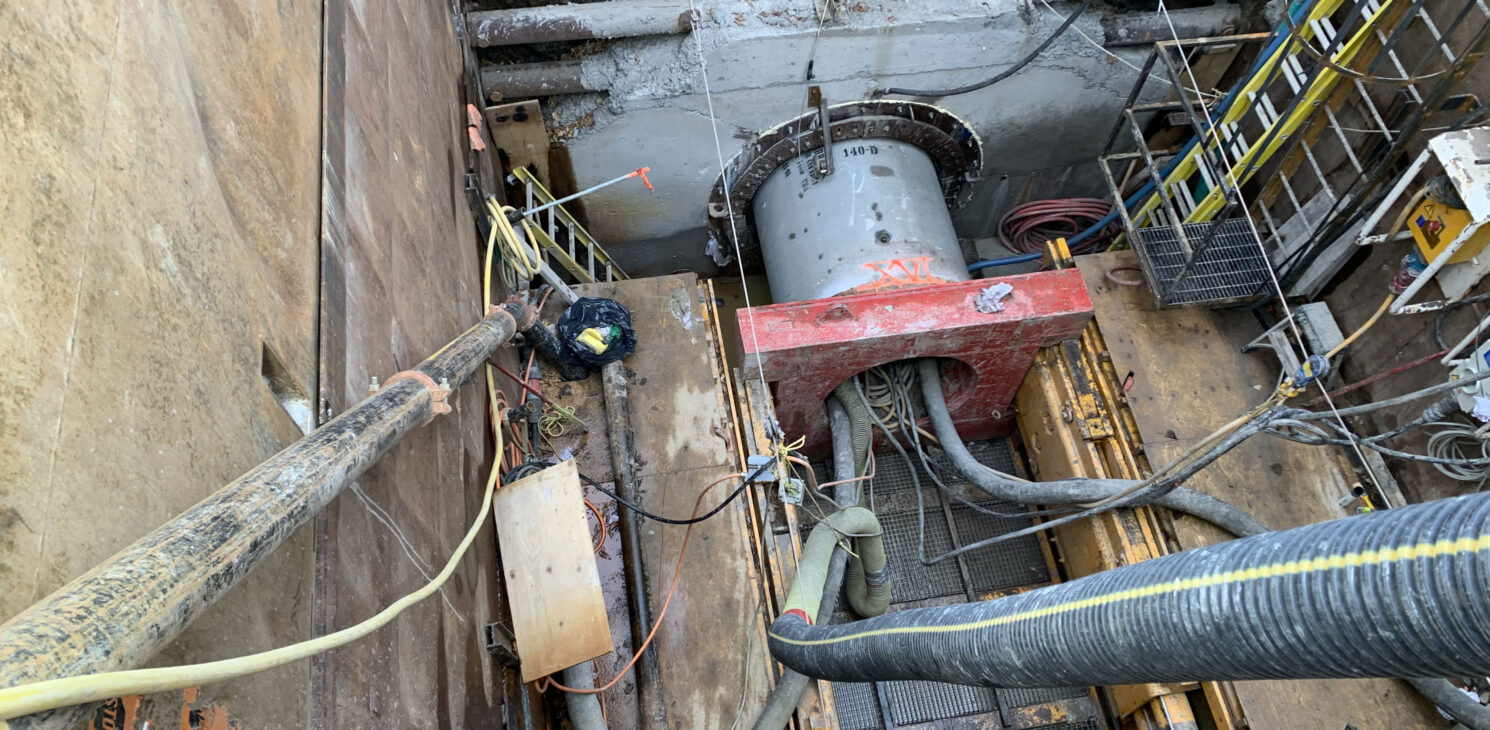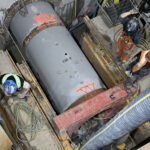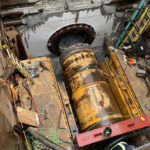Microtunneling: Environmentally-friendly innovation for an underground system
Within the context of its efforts to clean up the Ruisseau de la Brasserie and protect public health, the Ville de Gatineau undertook a process of detoxifying its sewer system. Among other things, this process included separating the sewer systems, completely repairing existing infrastructure facilities and reducing the volume of overflow discharge into the creek. After decades of industrial activity and development upstream of the Ruisseau de la Brasserie, there was no longer sufficient capacity within the underground infrastructure facilities to handle the waste waters, which resulted in major discharges into the environment and roadway cave-ins.
Major issues related to existing infrastructure facilities
The mandate awarded to CIMA+ was to identify and develop an optimal solution to allow for construction of the new sewer system. The objective was to minimize impact on the daily lives of members of the public within the sector, limit the effects on natural features (e.g.: riverbank remodeling) and the environment and reduce traffic obstructions on major transportation arteries, including Autoroute 50 and the Rapibus corridor.
A non-traditional and adaptable approach
Because of the potential impact on major roadways and high-traffic areas, it is not always feasible to carry out construction work using a traditional excavation approach. The depth of the sewer lines must also be taken into consideration. In this case, the line was more than seven meters below ground level, which meant that the construction had to be carried out using a trenchless approach: the microtunneling method.
CIMA+ has been a leader in the development of this optimal solution using trenchless technology. We successfully installed a large underground system within a short time period while minimizing the impact on the public and the environment. The new sewer system now connects Boulevard Saint-Joseph to the regional interceptor that runs along the Ruisseau de la Brasserie. This sewer line will reduce waste water discharges into the environment over the short term, and eliminate them altogether over the long term.
Trenchless techniques are still relatively unknown in Québec. These techniques, including microtunneling, are worthwhile because they mitigate environmental impacts, shorten timelines and reduce costs.
